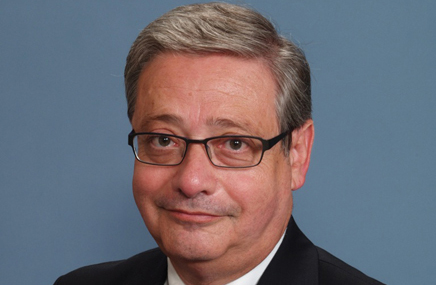The traditional pharma marketing focus has been convincing physicians to prescribe their product. While prescribing remains an important prerequisite, it’s only half the picture: pharma’s ultimate customer is the patient.
However, patients do not always march directly to the pharmacy to fill their prescriptions, nor do they adhere to recommended regimens or stay on drug therapy. In short, patients account for a lot of “opportunity leakage” for pharma.
How to address this leakage? Despite DTC and social media, the pharma business model relies on the physician’s ability to persuade patients. But leaving this crucial task to doctors could be a risky strategy. First, there is a skill issue; physicians are educated on the importance of adherence but not explicitly trained in patient persuasion. Second is time: specifically, the ever-shorter patient visit. How much counsel can be given in a seven-minute visit?
Many pharma marketers shun “patient education.” But without pharma intervention, patient opportunity leakage will grow in lock-step with physician time pressure and payer barriers. Pharma can help physicians (and themselves) by seizing this opportunity.
In 2004, after Public Citizen recommended that Crestor be withdrawn from the market, AstraZeneca responded by establishing a physician-patient communication champion to advance the case for statins and Crestor. As part of a broad and integrated strategy, the approach was highly successful.
Physicians have said repeatedly that they appreciate pharma initiatives that add value to their practice. If the education and materials provided to a physician can improve adherence, everyone wins: the patient, the physician, payers and pharma.
Harris Kaplan is CEO of Healogix.
From the October 01, 2012 Issue of MM+M - Medical Marketing and Media








